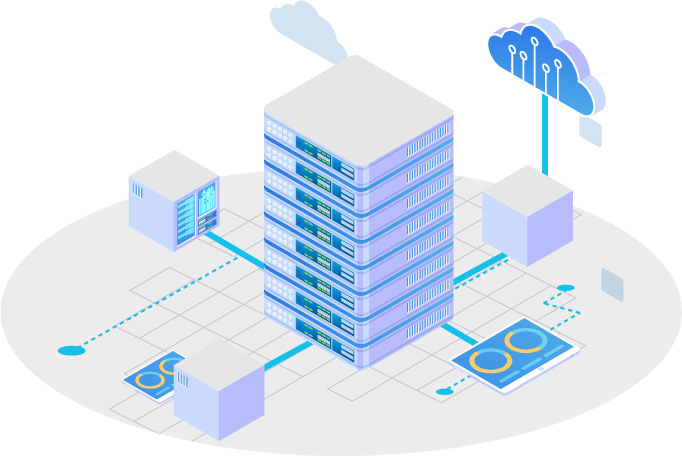About 10 years ago, when i ainda was responsible por for projects for a Data Center company, I was approached by a supplier who presented me a DCIM (Data Center Infraestructure Manager), a powerful tool for managing Data Center infrastructure de Data Center, which is the dream of 10 out of 10 managersin the area.
But, after all, por why hasn't this wish left the fieldof desire and become a reality in most data centers? In this article I will tryei to compile some answers to this intriguing question.
Firstly, it is understoode-se that there is no tool that, alone, can solve management problems without the minimum of processes.sIn these 10 years since the DCIM fever took over the Data Centers world, I have been talking to several managers, some of whom que have even implemented até mesmo a implantar the system and confessed that they use, a maximum, of 10% of their capacity. On the other hand,others realized, during the implementation, that they did not have the procedural maturity to guarantee that the updates would become automatic when changes in the database happened and, nessin this case, what would be the solution?

The answer à to the question above seems very simple: iimplementing or improving processes.. Unfortunately this is not done by magic being a task that demands time. HThere is a need to develop processes that adhere àto operational teams and that gain maturity while em their users perceive the indispensability of improvements. The output of equipment input and output processes, asset control, capacity management, change management, incident, and infrastructure problems à are the main data to have a consistent DCIM therefore without this, it is just software.
On the other hand, companies that have all these processes and control them in separate spreadsheets can take a leap in quality by consolidating all these disciplines into one DCIM.
In the past 10 years, DCIM solutions have improved. AThe cost issues were also adapted à to the new reality of SaaS, but there is still a need for the end-customer to anticipate all this tendo with an elaborated improvement plan elaborado and not just as the acquisition of a tool.
So, what is the right way to do this? In my view, building a roadmap to have, in the medium term, everything that is necessary to use, holistically, the full potential of a DCIM. For those who are going to start from scratch, beginning with an infrastructure monitoring system (BMS), moving forward in making management processes and implementing the DCIM, based on all the pre-acquired knowledge pré by the team in these processes, with the goal of having integrated and facilitated management of the mission-critical environment.

